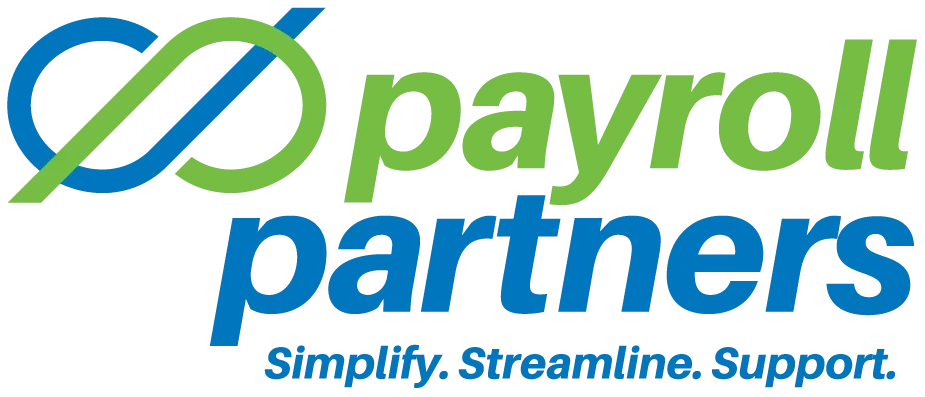Before jumping head-first into RTO policy, you have to assess potential hurdles.
SHRM advises companies to conduct a risk assessment, “analyzing potential challenges to the business, such as mass resignations or union organizing, will be key to an effective return strategy.”
Employers should proactively:
- Survey employees to understand their concerns and potential barriers to returning.
- Evaluate the risk of attrition by estimating voluntary and involuntary terminations.
- Ensure equity in return-to-office policies, avoiding discrimination or favoritism.
You might be asking yourself, what does this mean or how can I put this into practice? Here is some food for thought:
Without employee buy-in, even the most well-intentioned RTO plans can backfire. Use surveys and focus groups to find insights on employee expectations, potential roadblocks, and preferences regarding in-office work. This will prevent resentment build up and force conversation. Be prepared to adjust policies based on real feedback rather than assumptions.
An RTO strategy that isn’t open or flexible may push employees to seek alternative job opportunities, particularly in industries where remote work is still widely available. Businesses should analyze turnover trends and prepare for potential talent loss by developing retention strategies such as competitive benefits, career development programs, and hybrid work options.
Assuming that one implementation policy is the right fit for everyone is perfect world thinking. A one-size-fits-all mandate can create resentment, especially if certain departments or roles receive more flexibility than others without clear justification. Transparency is key—leaders should clearly communicate the reasoning behind RTO policies and ensure they are applied fairly across the organization.
Making Office Time Valuable
You have to make it count. How will you listen to your employees and create valuable in-person work?
One of the biggest complaints employees have about RTO is that they are often required to come into the office only to sit in virtual meetings all day. If employees perceive office time as unproductive, engagement and morale will suffer.
Here are 5 ways to create a more valuable in-person work environment:
- Reimagine office spaces to prioritize collaboration and creativity.
- Encourage team-building activities that strengthen interpersonal relationships.
- Provide opportunities for cross-departmental engagement and professional development.
- Facilitate mentorship and coaching programs to enhance professional growth and knowledge sharing.
- Celebrate team achievements and milestones with in-office events that build a sense of camaraderie.
Effective Communication & Change Management
A successful RTO plan relies on clear, transparent communication.
As SHRM notes, “Ongoing communication, especially with empathetic messaging, will keep employees informed and on target to meet company expectations, which can reduce stress.”
Here are 3 ways companies should attack this:
- Develop consistent messaging for managers and employees. There has to be a consistent message from leadership for workers to buy into RTO. Managers should be ready with talking points, FAQs, and guidance on addressing employee concerns with empathy.
- Create an RTO resource hub with FAQs, policy updates, and support resources.
- Use positive reinforcement to highlight RTO successes, such as increased collaboration and team connection.
A Strong Workplace Is The New Norm
A company’s culture is shaped by how well it adapts to change. Leaders who prioritize employee concerns, inclusivity, and create meaningful in-office experiences will build a resilient workforce. By taking a data-driven, empathetic approach, businesses can make RTO not just a requirement, but an opportunity to strengthen workplace culture for the long term.
Original content by the The Mitratech Blog. This information is provided with the understanding that Payroll Partners is not rendering legal, human resources, or other professional advice or service. Professional advice on specific issues should be sought from a lawyer, HR consultant or other professional.

